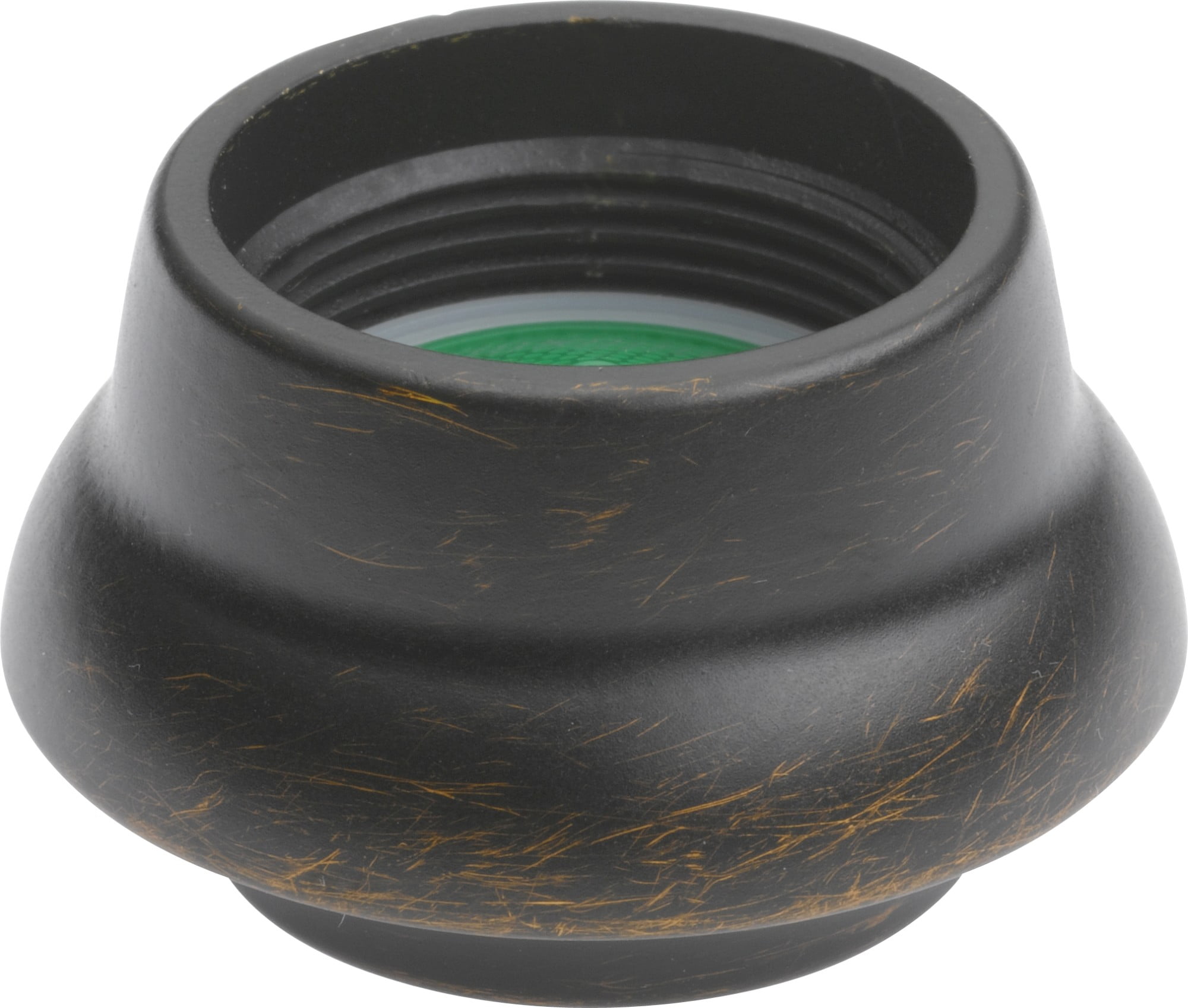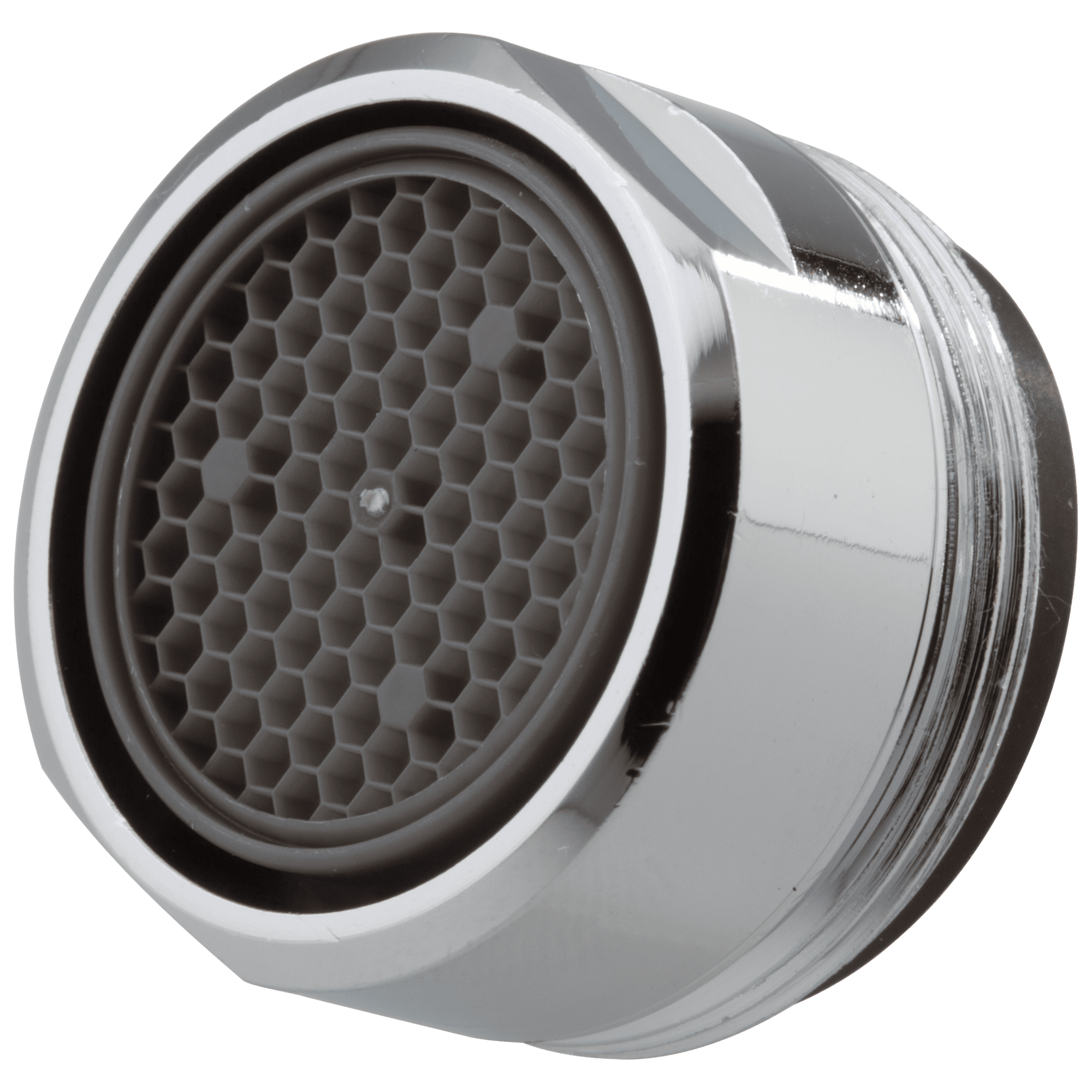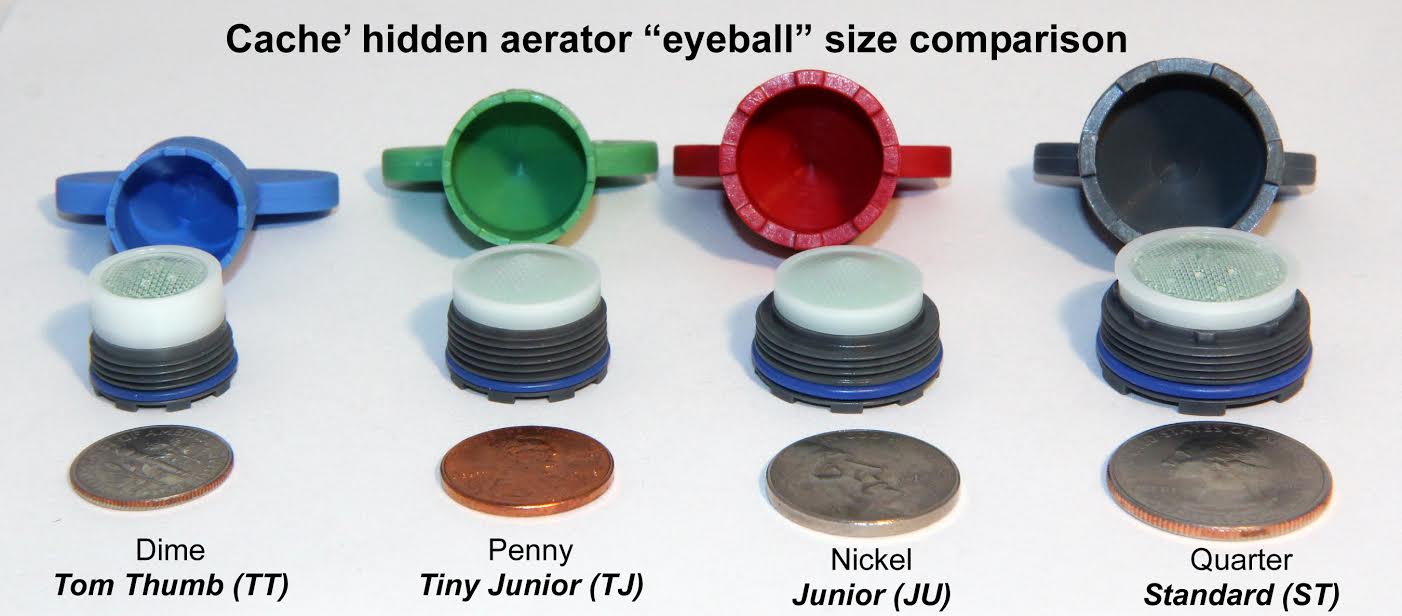Delta Bathroom Faucet Aerator

A Delta bathroom faucet aerator is a small, often inconspicuous part that plays a crucial role in the functionality and efficiency of your faucet. It’s a simple device that mixes air with the water stream, creating a smoother, more pleasant flow while also reducing water usage.
Understanding the Components of a Delta Bathroom Faucet Aerator
The Delta bathroom faucet aerator is typically composed of a few key components:
- Aerator Body: This is the main housing of the aerator, often made of metal or plastic, and houses the internal components.
- Screen: This is a fine mesh screen that filters out debris and impurities from the water stream, preventing clogging and ensuring a smooth flow.
- Air Injector: This component introduces air into the water stream, creating a more substantial and comfortable flow. It often has a small hole or slot that allows air to be drawn in.
- O-Rings: These are small rubber seals that create a watertight seal between the aerator body and the faucet spout.
Identifying Common Delta Bathroom Faucet Aerator Parts

Delta bathroom faucet aerators are essential components that regulate water flow and enhance the user experience. They are responsible for mixing air with water, creating a smooth and consistent stream. Understanding the different parts of a Delta bathroom faucet aerator is crucial for proper maintenance and repair.
Common Delta Bathroom Faucet Aerator Parts
Aerator parts play distinct roles in the functioning of the faucet. Let’s explore the common parts and their functions:
| Part Name | Function | Typical Materials | Appearance and Key Features |
|---|---|---|---|
| Aerator Body | Holds the other aerator components together and connects to the faucet spout. | Brass, plastic | The aerator body is typically cylindrical or cone-shaped, with a threaded end that screws into the faucet spout. It may have a decorative finish that matches the faucet. |
| Screen | Filters out debris and controls water flow. | Metal mesh, plastic | The screen is a fine mesh filter that sits inside the aerator body. It is usually circular or rectangular and has small holes to regulate water flow. |
| Washer | Creates a seal between the aerator body and the faucet spout. | Rubber, plastic | The washer is a flat, circular piece with a hole in the center. It is typically made of rubber or plastic and is placed between the aerator body and the faucet spout to prevent leaks. |
| O-Ring | Provides a seal between the aerator body and the screen. | Rubber | The O-ring is a small, circular ring made of rubber. It is placed around the screen to prevent leaks and ensure a tight fit. |
Troubleshooting and Repairing Delta Bathroom Faucet Aerators
Delta bathroom faucet aerators are designed to provide a smooth and consistent water flow. However, like any other mechanical component, they can experience issues over time. These issues can range from a simple reduction in water pressure to more serious problems like leaks or complete blockage. This section will guide you through the common issues you might encounter with Delta bathroom faucet aerators and provide step-by-step solutions to help you diagnose and fix these problems.
Identifying Common Delta Bathroom Faucet Aerator Issues
Common issues with Delta bathroom faucet aerators include:
- Reduced Water Pressure: This is often the first sign of a problem with your aerator. The water flow may feel weak or inconsistent, and it may take longer to fill a container. This can be caused by a build-up of mineral deposits or debris inside the aerator.
- Leaks: A leaky faucet is a common issue, and it can be caused by a faulty aerator. This may occur if the aerator’s O-ring or washer is worn out, or if the aerator itself is cracked or damaged.
- Clogging: This is a common problem in areas with hard water. Mineral deposits can build up inside the aerator, restricting water flow and potentially causing leaks.
Diagnosing and Fixing Delta Bathroom Faucet Aerator Issues
Here’s how to diagnose and fix common issues with Delta bathroom faucet aerators:
- Reduced Water Pressure:
- Check the aerator: Unscrew the aerator from the faucet spout and inspect it for any visible debris or mineral deposits. If you find any, you can try cleaning it by soaking it in vinegar for a few hours or using a small brush to remove the deposits.
- Clean the aerator screen: The aerator screen is a small, mesh-like filter that helps to regulate water flow and prevent debris from entering the faucet. If the screen is clogged, it can cause a reduction in water pressure. You can clean the screen by using a small brush or a toothpick to remove any debris.
- Replace the aerator: If cleaning the aerator doesn’t resolve the issue, you may need to replace it. You can purchase a new aerator from a hardware store or online retailer.
- Leaks:
- Check the aerator O-ring: The O-ring is a small rubber ring that helps to seal the aerator to the faucet spout. If the O-ring is worn out or damaged, it can cause leaks. You can replace the O-ring by purchasing a new one from a hardware store or online retailer.
- Inspect the aerator for cracks or damage: If the aerator is cracked or damaged, it will need to be replaced.
- Tighten the aerator: Sometimes, a leak can be caused by a loose aerator. You can try tightening the aerator by hand. However, be careful not to overtighten it, as this can damage the faucet spout.
- Clogging:
- Clean the aerator: As mentioned earlier, soaking the aerator in vinegar or using a small brush can help remove mineral deposits and debris.
- Use a descaler: If vinegar doesn’t work, you can use a descaler to remove mineral deposits. You can purchase a descaler from a hardware store or online retailer. Follow the instructions on the product label carefully.
- Replace the aerator: If cleaning the aerator doesn’t resolve the issue, you may need to replace it.
Tools and Materials Needed for Repairing Delta Bathroom Faucet Aerators
You will need the following tools and materials to repair your Delta bathroom faucet aerator:
- Adjustable wrench: This will be used to unscrew and tighten the aerator.
- Small screwdriver: This may be needed to remove the aerator’s cap or other parts.
- Cleaning supplies: You will need vinegar, a small brush, or a toothpick to clean the aerator.
- New aerator: If you need to replace the aerator, you will need to purchase a new one.
- New O-ring: If the O-ring is worn out or damaged, you will need to purchase a new one.
Identifying and Replacing Worn-Out or Damaged Aerator Parts
- Aerator: The aerator is the main component of the faucet spout. It mixes air with water to create a smooth and consistent flow. If the aerator is cracked, damaged, or clogged, it will need to be replaced.
- Aerator screen: The aerator screen is a small, mesh-like filter that helps to regulate water flow and prevent debris from entering the faucet. If the screen is clogged, it can cause a reduction in water pressure. You can clean the screen by using a small brush or a toothpick to remove any debris. If it is damaged, it will need to be replaced.
- O-ring: The O-ring is a small rubber ring that helps to seal the aerator to the faucet spout. If the O-ring is worn out or damaged, it can cause leaks. You can replace the O-ring by purchasing a new one from a hardware store or online retailer.
- Washer: Some aerators may have a washer, which is a small rubber or plastic disc that helps to seal the aerator to the faucet spout. If the washer is worn out or damaged, it can cause leaks. You can replace the washer by purchasing a new one from a hardware store or online retailer.
Selecting the Right Replacement Parts for Delta Bathroom Faucets
Replacing a worn-out aerator in your Delta bathroom faucet is a straightforward task that can significantly improve water flow and prevent splashing. But selecting the right replacement part can be a bit tricky. Choosing the correct aerator ensures a seamless fit, optimal performance, and a consistent look with your existing fixtures.
Factors to Consider When Choosing Replacement Parts
Before heading to the hardware store or browsing online, consider these factors to ensure you select the right aerator for your Delta bathroom faucet:
- Aerator Flow Rate: This is measured in gallons per minute (GPM) and determines the amount of water dispensed by the faucet. Consider your personal preference and the water pressure in your home. Lower flow rates conserve water, while higher flow rates provide a more forceful stream.
- Finish: Choose an aerator with a finish that matches your existing faucet. Delta offers a wide range of finishes, including chrome, brushed nickel, oil-rubbed bronze, and stainless steel.
- Compatibility with Existing Fixtures: Ensure the replacement aerator is compatible with your faucet’s threading. Delta faucets typically use a standard 55/64-inch male thread, but it’s always best to confirm this before purchasing.
Finding Compatible Replacement Parts, Delta bathroom faucet aerator parts
Once you’ve considered these factors, finding the right replacement aerator is relatively simple. Here are some tips:
- Consult the Delta Website: Delta offers a comprehensive online parts catalog where you can search by faucet model number to find compatible aerators. This is the most reliable way to ensure a perfect match.
- Visit Local Hardware Stores: Most hardware stores carry a selection of Delta replacement parts. Bring your existing aerator or a photo of your faucet with you for easy identification.
- Use Online Retailers: Online retailers like Amazon and Home Depot offer a wide variety of Delta replacement parts. You can often find competitive prices and read customer reviews to make an informed decision.
Maintaining and Extending the Life of Delta Bathroom Faucet Aerators: Delta Bathroom Faucet Aerator Parts

Just like any other part of your bathroom faucet, your aerator needs regular care to function properly and last longer. A well-maintained aerator will ensure a smooth and consistent water flow, prevent clogging, and reduce the need for premature replacements.
Cleaning and Descaling Delta Bathroom Faucet Aerators
Regular cleaning is essential for maintaining the performance of your Delta bathroom faucet aerator. Mineral deposits, sediment, and debris can accumulate over time, restricting water flow and affecting the aerator’s functionality. Here’s how to clean and descale your aerator using common household cleaning agents:
- Gather your materials: You’ll need a small bowl or container, a toothbrush, white vinegar, and a towel.
- Remove the aerator: Unscrew the aerator from the faucet spout by hand or using a wrench.
- Soak the aerator: Fill the bowl with white vinegar and submerge the aerator completely. Let it soak for at least 30 minutes, or overnight for stubborn deposits.
- Clean the aerator: Use the toothbrush to scrub away any remaining debris or mineral deposits.
- Rinse the aerator: Thoroughly rinse the aerator with water to remove any vinegar residue.
- Reinstall the aerator: Screw the aerator back onto the faucet spout, ensuring it’s securely tightened.
Preventing Future Issues and Extending Aerator Lifespan
Here are some tips to prevent future issues and extend the lifespan of your Delta bathroom faucet aerator:
- Clean your aerator regularly: Aim to clean your aerator every few months, or more frequently if you live in an area with hard water.
- Use a water filter: Installing a water filter can significantly reduce the amount of sediment and minerals that can clog your aerator.
- Avoid using harsh chemicals: Harsh cleaning agents can damage the aerator’s components. Stick to mild cleaning solutions like white vinegar or baking soda.
- Check for leaks: If you notice any leaks around the aerator, address them promptly to prevent further damage.
- Replace the aerator as needed: Over time, aerators can wear down and require replacement. If your aerator is showing signs of wear or damage, replace it with a new one.
